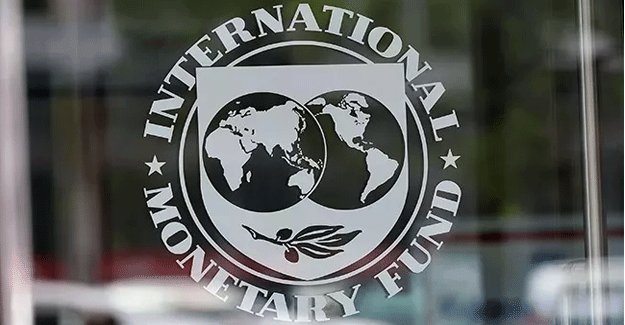
IMF Cuts Global And Euro Area Growth Outlook
The euro area's economy is now expected to grow by just 0.5% in 2023 as factors including the war in Ukraine, record inflation and the continued impact of the Covid-19 pandemic weigh on the outlook, the International Monetary Fund said. The 19-country eurozone - which will grow to 20 members from 1 January 2023 with the adoption of the single currency by Croatia - is now projected to post the slowest growth of any region worldwide next year after the IMF cut its forecast by 0.7 percentage points from its previous outlook delivered just three months ago. Germany, the European Union's economic powerhouse, is now expected to post negative annual growth (-0.3%) as is Italy (-0.2%). The outlook for France and Spain remains positive although lower than the July forecast with annual GDP now seen at 0.7% and 1.2% respectively. The Washington-based financial institution kept its projection unchanged for the US which is seen growing by 1% while Asia is expected to post the highest growth of 4.9%. Overall, the global economy should grow by 2.7%, down 0.2% compared to the previous forecast. "This is the weakest growth profile since 2001 except for the global financial crisis and the acute phase of the Covid-19 pandemic and reflects significant slowdowns for the largest economies," the IMF said in its report. "More than a third of the global economy will contract this year or next, while the three largest economies— the United States, the European Union, and China — will continue to stall. In short, the worst is yet to come, and for many people, 2023 will feel like a recession," it warned. Last month, inflation in the euro area reached 10% for the first time, fuelled by energy prices that have soared over the previous 12 months as a result of Russia's full-scale assault on Ukraine. The European Central Bank is attempting to reign in runaway price increases through interest rate hikes. It has already operated its sharpest rise ever and has signalled that further hikes could be mandated over the coming months. India, UAE push for bilateral trade in local currencies Meanwhile, countries are looking to increase bilateral trade in local currencies. India and the UAE are discussing a mechanism for carrying out bilateral trade in national currencies. This was among the discussions that took place in the 10th meeting of the India-UAE high-level joint task force on investments. Referring to the ongoing discussions between the Reserve Bank of India and the Central Bank of the UAE on the Unified Payment Interface (UPI) as a common digital payments platform, both sides agreed to continue discussions. The meeting, held in Mumbai, was co-chaired by Commerce and Industry Minister, Piyush Goyal, and Sheikh Hamed bin Zayed Al Nahyan, Member of the Executive Council of the Emirate of Abu Dhabi. “In the previous meeting of the Joint Task Force, we had decided to fast-track negotiations on the Comprehensive Economic Partnership Agreement (CEPA), and we finalised the agreement in unprecedented 88 days. I am sure the discussions on mutually beneficial areas like food security and bilateral trade in national currencies will also see a similar thrust from both sides,” Goyal said.
Textile Excellence
If you wish to Subscribe to Textile Excellence Print Edition, kindly fill in the below form and we shall get back to you with details.








